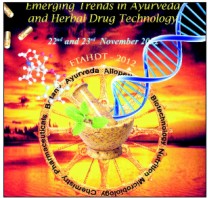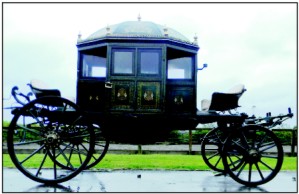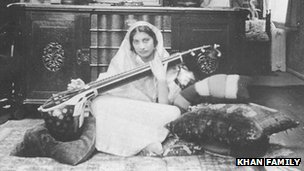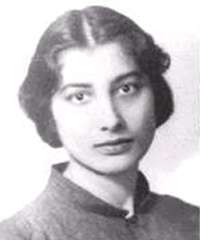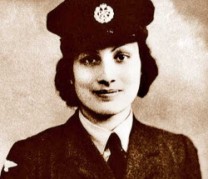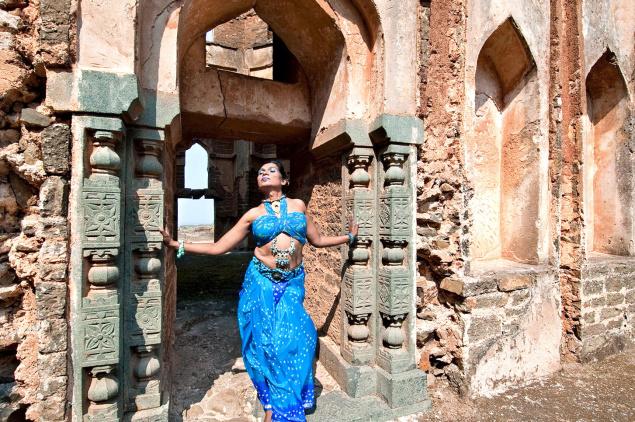 TWO BEINGS OF TRANSITION AND NEGLECT : Olga and the Bidar ruins / The Hindu
TWO BEINGS OF TRANSITION AND NEGLECT : Olga and the Bidar ruins / The Hindu
Photographer K. Venkatesh wants to draw our attention to two disparate causes, getting them to embrace each other
K. Venkatesh, a freelance news photographer is back with his photography exhibition, which is almost an annual feature now. This time, the exhibition, titled “Beauty and The Beholder”, comprises 51 photographs featuring Olga B. Aaron, a Chennai-based transwoman and social activist, modelling among the ruins of Bidar’s imposing fortress, and Takht Mahal.
Bidar, in north Karnataka’s Deccan Plateau, is home to one of the largest forts in India with an almost six-mile diameter; it was built during the Bahamani rule. It was one of the largest kingdoms in India in the 15 century. Venkatesh points out that despite its stature as the “envy of Rome”, Bidar has been largely ignored by everybody.
Venkatesh is well-known for using eunuchs as models for the first time in India, and has done an elaborate feature on the transgender festival and rituals at Koovagam (Tamil Nadu); he’s also produced perhaps the country’s first transgender calendar. Why does he repeatedly choose to work with transgenders? “Why not?” is his first instinctive response. “If they suit my subject, I will get them to model,” says Venkatesh who has interacted with transgenders for the last 15 years and produced three exhibitions featuring them.
“Nearly five years ago, I shot among the ruins in Bidar. But when I came back and saw my photographs, I felt they were too static and not communicating anything… there was no human touch. So I didn’t do anything with those pictures. Recently, when I was thinking about it again, I saw parallels between the neglected ruins of Bidar and the neglected lives of transgenders…” Olga, who had been to his photo show earlier, had expressed her desire to work with him.
Olga, who brought along her own costumes to the shoot, stands in stark colourful contrast to the rusty brown and black of the ruins, peeling plaster, and exposed bricks. She’s sprawled on the floor, her sari pallu spread out like in an ad, sometimes sitting dreamily in a vandalised nook in the wall, or simply basking sensuously in the sun among the arches. Or, clad in animal prints, she looks like she’s emerging from the fort’s shadows. Of course, Olga hadn’t heard of Bidar, and when Venkatesh spoke to her first about the project, he simply asked her to Google it!
The exhibition, which opened today, is on till November 30 at Karnataka Chitrakala Parishath, Kumara Krupa Road, 10 a.m. to 7 p.m. Call Venkatesh on 98440-25525.
source: http://www.TheHindu.com / Home> Life & Style> MetroPlus / by Bhumika K. / November 26th, 2012
